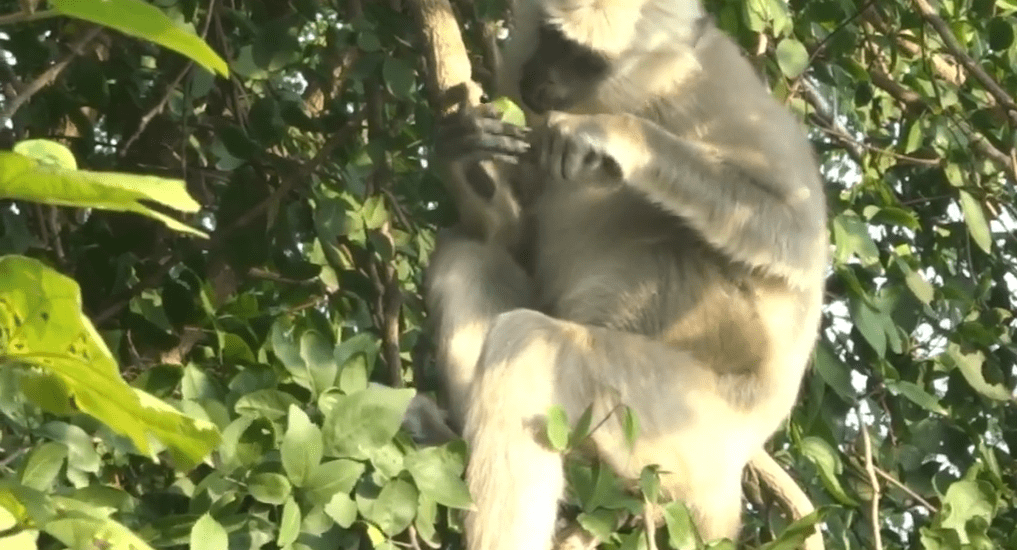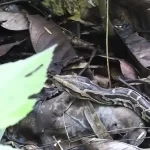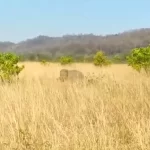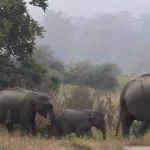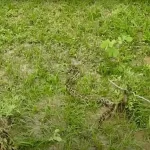Tarai Grey Langur (Semnopithecus hector), previously considered to be a subspecies of the Hanuman Langur and recently given the status of a separate species, ranges from north India eastwards to Nepal and Bhutan. It occurs in the Shivalik ranges and Himalayan foothills from an elevation of 150m to 1600m and is found in the moist deciduous and moist semi-deciduous forests to the coniferous and oak forests.
The species is listed as ‘Near Threatened’ in the ‘IUCN Red Data List’ and is believed to be declining in numbers. It is a diurnal, arboreal and terrestrial primate, primarily feeding on leaves, fruit and occasionally takes bark off some trees. They live for around 20 years in the wild. The species is social and lives in troops, controlled by alpha males that defend feeding territories against other troops.
This Tarai Grey Langur was seen eating fruits of the Wood Apple tree. It is interesting to note that the langur drops a half-eaten fruit and plucks another one. It is spreading the seed and also helping ungulates like spotted deer to get a change of diet.
Due to vast loss to their forest habitat during the 20th century, a large number of langurs have adapted to surviving by raiding crops and orchards. In Corbett Tiger Reserve, Tarai Grey Langur forms part of the prey base of the Tiger and the Leopard.
